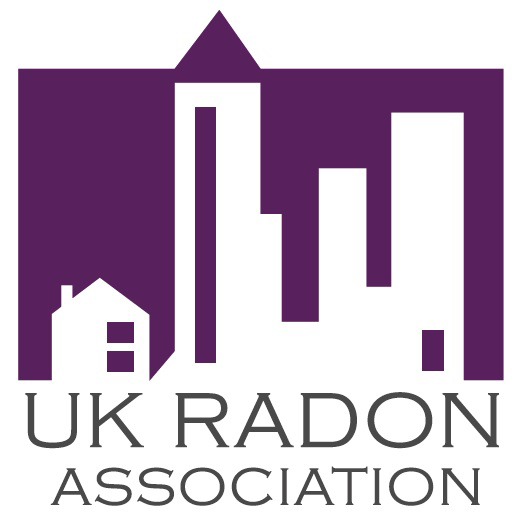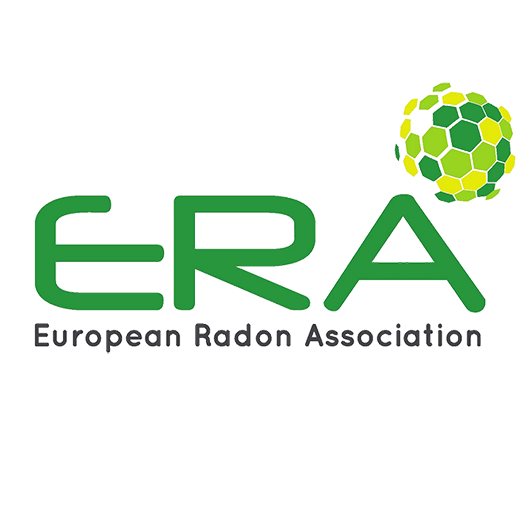Radon is a radioactive gas that is invisible and odorless but can cause severe health issues, primarily lung cancer. This gas is naturally formed when uranium in the ground breaks down, and it is present in most countries and on all continents in varying concentrations. Radon infiltrates buildings and can affect indoor environments in homes and workplaces. But where exactly is radon found, and how can you protect yourself?
Radon in the Ground – The Largest Source
The most common cause of elevated radon levels is soil radon. The ground beneath and around buildings can contain radium, which breaks down and releases radon. The gas can then enter buildings through cracks in the foundation, gaps around pipes, or other openings. This is particularly common in areas with uranium-rich bedrock, such as granite, or where the soil consists of moraine.
Building Materials that Emit Radon
Although typically very low, building materials such as granite, brick, and marble can also contribute to radon levels. However, a well-known example is blue lightweight concrete, also called “blue concrete,” which was widely used in Swedish homes between 1950 and 1975. This material contains radium and emits radon into indoor air. It is estimated that around 400,000 homes in Sweden were built using it. Although blue concrete is no longer used, homes built during this period may still have elevated radon levels.
Radon in Water
A lesser-known but still significant source of radon is household water. Drilled wells in uranium-rich areas are particularly prone to containing high levels of radon. When this water is used indoors – for example, in showers or cooking – radon is released into the air. Radon in water is not typically an issue in public/municipal water supplies. Radon in water becomes an issue when your water source is from an underground well.
Radon in Workplaces
Radon measurements are also essential in workplaces. Many workplaces are at risk of elevated radon levels, including both older and newly constructed buildings. Workplaces located at or below ground level, or buildings with altered floor plans over time, are particularly vulnerable. Since people often spend a significant part of their day at work, it is crucial to measure and address radon levels there as well.
Karl Nilsson, CEO of Radonova Laboratories, emphasizes:
“It’s easy to forget that radon can be present everywhere – not just in homes. A safe indoor work environment is just as important as at home. Measuring radon is the first step towards creating a secure indoor environment – for yourself and your colleagues.”
How to Determine Radon Levels
The only way to determine radon levels is through measurement. Since radon cannot be detected by our senses, measurement is necessary to get reliable results. Measuring radon is simple and cost-effective and can be done by individuals or with the help of professional radon consultants. Radon measurement devices or instruments should always be ordered from an accredited laboratory, such as Radonova.
Actions for Elevated Radon Levels
- If measurements reveal radon levels above the national reference level in one’s country, action must be taken. Common solutions include:
Sealing the foundation. Cracks and gaps allowing radon entry can be sealed. - Improving ventilation. An effective ventilation system can help reduce radon levels by replacing indoor air more quickly.
- Radon extraction/mitigation systems. These include radon sumps or radon wells that actively remove radon from the ground beneath the building.
The measures should be tailored to the specific source of radon, making it important to consult certified experts when necessary.








